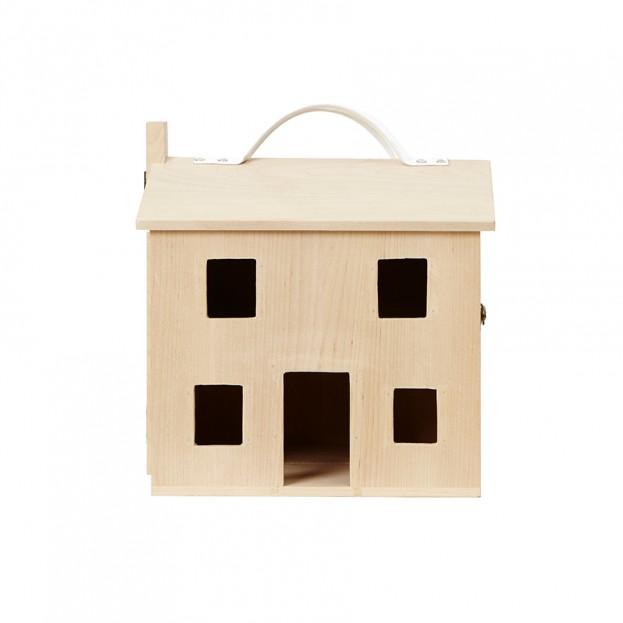This is a sponsored post
This post provides information and advice for readers in The USA

If you need more financial stability when you retire, you may have heard about a home mortgage that can help. Unlike a traditional mortgage, it is designed in a special way meant to benefit retirees. The special reverse mortgage provides more financial freedom and security with less stress. Here is an overview of how reverse mortgage agreements work.
The Pros of Applying for a Reverse Mortgage
One of the biggest pros of applying for a reverse mortgage is it is less risky in terms of the possibility of losing your home. A traditional mortgage puts your home at risk because you can be evicted, if you miss payments. A reverse mortgage does not require you to make payments on specific dates. Therefore, no payments can be missed and you cannot be evicted for failure to pay.
A reverse mortgage agreement is it is a long-term loan. It can let you enjoy your retirement with no immediate financial repercussions. Important reverse-mortgage information to know is you can even take a decade or longer to repay the balance, as long as the house remains your main residence. A traditional mortgage offers no such long-term freedom. In fact, you have to start repaying parts of it almost as soon as you receive the loan money.
Potential Reverse Mortgage Downsides to Know
There are some potential reverse mortgage downsides to know. One is you have to pay a high amount of interest because the loan lasts for so long. Also, the mortgage requires you to live in the residence. Therefore, it may not be right for you when you intend to move within the next few years. Additionally, leaving the home unexpectedly can cause the balance to come due sooner than you initially planned.
Reverse Mortgage Qualifications to Meet
To get a reverse mortgage, you must obviously own a home. You also have to live primarily in that home. If you meet those requirements and are at least 62 years of age, you are personally likely to qualify. However, you must also prove you are capable of paying taxes on and caring for the home.
The home itself must also qualify for a reverse mortgage. To do that, it must have present equity high enough to borrow against. You can get a reverse mortgage while you have a traditional mortgage. However, reverse mortgage funds are automatically held to pay off the traditional loan. The remaining money is provided to you free and clear. Therefore, if you already have a traditional mortgage, you have to make sure applying for a reverse mortgage is financially helpful to you.
Exploring You Reverse Mortgage Source Choices
Another thing to know before applying for a reverse mortgage is where you can get one. You have several source choices. One good option is to request a reverse mortgage from a financial company with which you already do business, such as your local bank. Private lending institutions often offer excellent reverse mortgage contracts.
You can also opt to get a reverse mortgage directly from an agency of the United States Government, such as HUD. A federal reverse mortgage is commonly referred to as a home equity conversion mortgage, or HECM. The advantage of an HECM is it is government insured, but the requirements to get one can be more strict, in some cases.
Comparing the Short-Term Benefits to the Long-Term Consequences
When deciding to get a reverse mortgage or not, you ultimately have to compare the short-term benefits to the long-term consequences. A reverse mortgage can certainly make you more comfortable from a financial standpoint. However, it does obligate you to stay in the same home for many years. It also comes with interest and other requirements. If, after careful calculation, you think a reverse mortgage is your best option, speak to your lender and discuss contract details.
